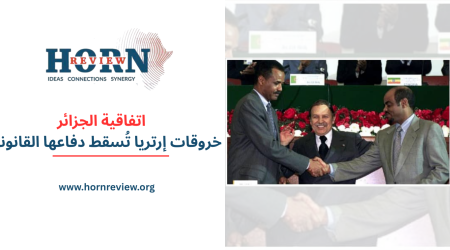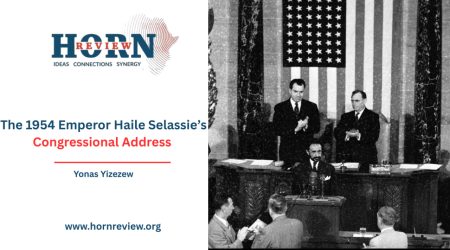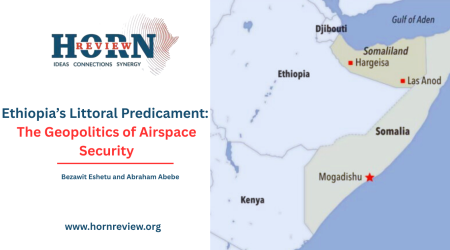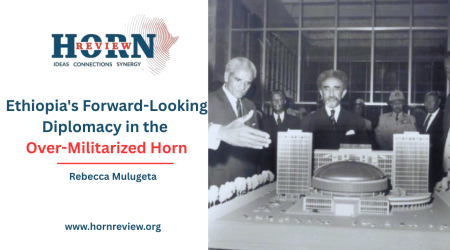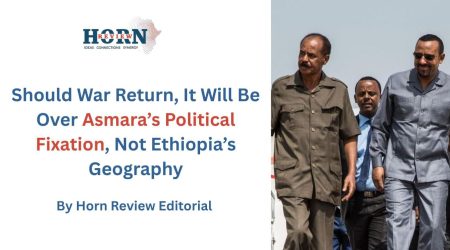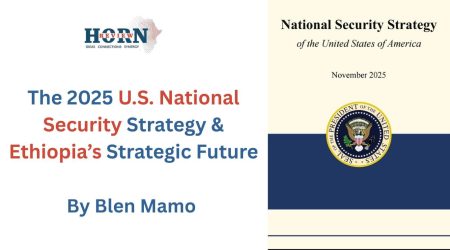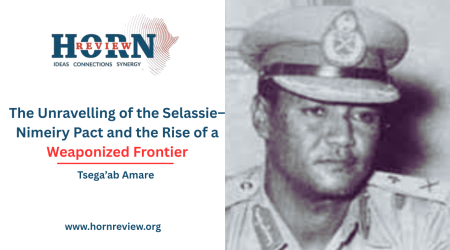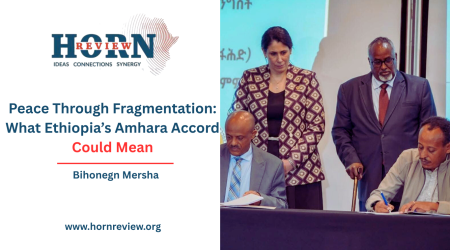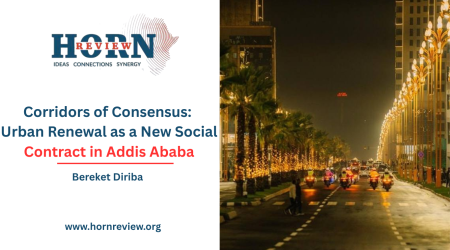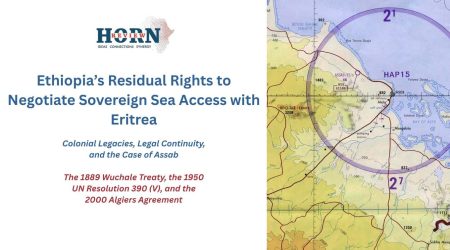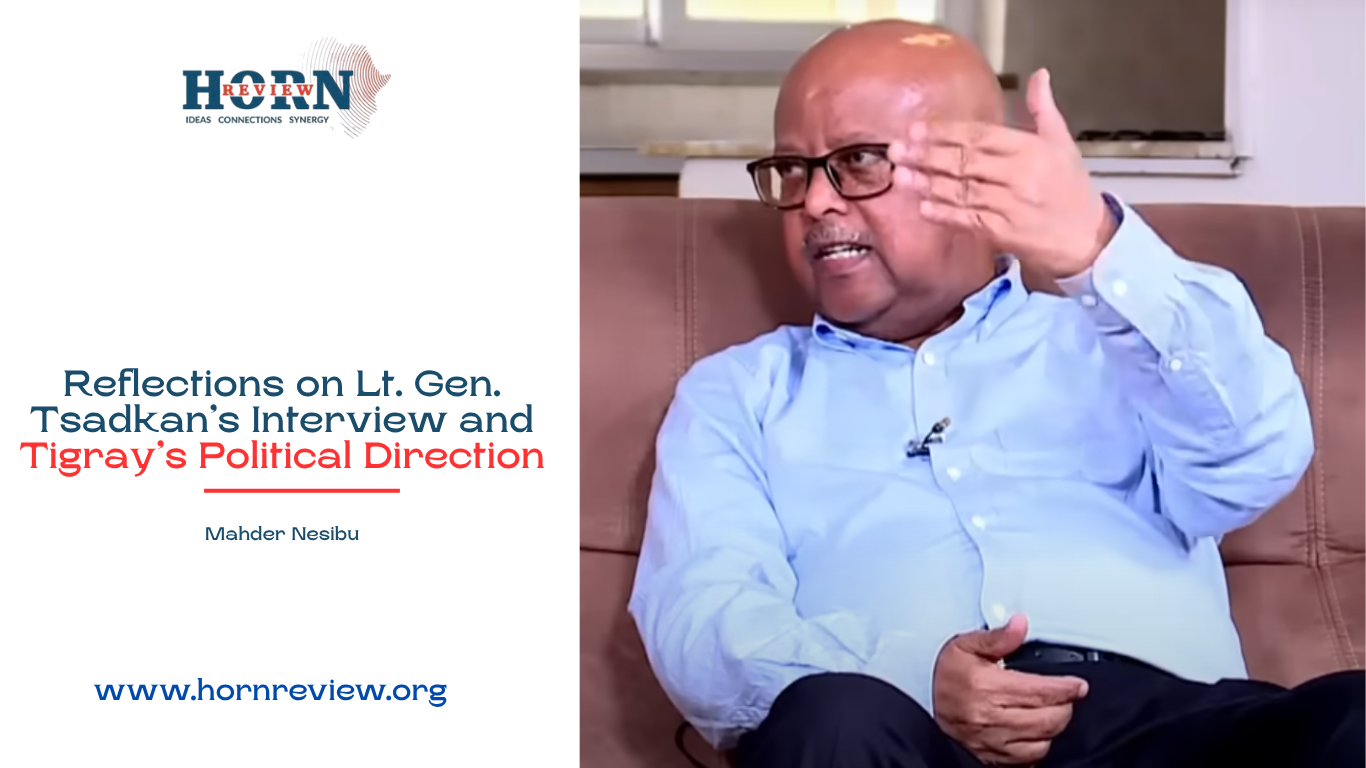
15
Oct
Reflections on Lt. Gen. Tsadkan’s Interview and Tigray’s Political Direction
General Tsadkan Gebretensae’s recent interview has drawn attention for both its timing and its content. It comes at a moment when Tigray’s post-conflict order is under visible strain and when questions of governance, legitimacy, and political direction dominate regional discourse. His remarks clarify the extent of political fatigue and division within the region.
The end of the conflict created expectations that the Interim Administration in Tigray would open a period of reconstruction and inclusive dialogue. Instead, the arrangement that followed the Pretoria Agreement largely reproduced old structures of control. Under General Tadesse Worede, the administration continues to function as an extension of the TPLF, maintaining continuity between a transitional body and a party-run government. This structure has restricted political space for alternative voices and deepened public disillusionment. The early narrative of recovery has gradually shifted toward administrative stagnation and social frustration.
Tsadkan has re-entered public life in this context. His Movement for Change in Tigray presents itself as a reformist current advocating for pluralism and institutional renewal. The significance of his return lies in what it reveals: a gradual realignment within Tigray’s political class. Former officials, military figures, and technocrats have begun to question the TPLF’s continued dominance and the absence of accountability in post-conflict governance. Their argument is that the political arrangement after Pretoria was meant to guide Tigray through a transition and establish shared responsibility. Tsadkan’s message draws on this perception that the transition has stalled.
A central point in the interview concerns the Tsmdo strategy, an initiative associated with the TPLF that seeks reconciliation and tactical cooperation with Asmara. The idea was initially presented as a means to challenge Addis Ababa’s authority and strengthen Tigray’s position in territorial and political disputes. For many in Tigray, however, the approach remains a fundamental red line. Memories of Eritrean involvement in the war and the scale of civilian suffering continue to shape public opinion. Tsadkan criticizes the strategy on political and ethical grounds, arguing that it risks reigniting militarization in the region and undermining Tigray’s effort to rebuild internal cohesion. His remarks about the TPLF’s arming and organizing through Eritrean and Sudanese channels have drawn attention because they suggest renewed preparations under the cover of political uncertainty.
Tsadkan situates these developments within a wider regional frame. He connects the TPLF–Eritrea dynamic to a broader pattern of external interests in northern Ethiopia, including by Egypt. His view is that Cairo’s rational lies in keeping Ethiopia divided and strategically constrained, particularly on issues related to the Nile and the Red Sea. This assessment aligns with growing concern in Addis Ababa that external actors are exploiting Ethiopia’s internal fractures. The perception that local political contests serve regional agendas gives the Tigray question wider significance.
Another theme in the interview concerns Ethiopia’s sea-access question. Tsadkan revisits earlier periods, including the 1998–2000 war, to argue that Ethiopia failed to secure its maritime interests when opportunities existed. He describes access to the sea as a structural requirement for national stability and economic security. His remarks reflect a growing view in Ethiopian policy circles: that sustainable regional peace depend on addressing the question of the Red Sea.
Beyond these specific themes, the interview highlights a broader shift in Tigray’s internal politics. The TPLF’s legitimacy has weakened, both structurally and morally. Structurally, the Interim Administration has not expanded participation or built functional institutions. Morally, the leadership has failed to address the social consequences of the conflict and continues to view war as an option. Tsadkan’s movement appeals to a growing segment of Tigrayan society that is critical of the current leadership and uncertain about political alternatives. This mix of reformist demand and fear of renewed conflict defines the present atmosphere in the region.
Tsadkan’s appeal to the federal government reflects a recognition that Tigray’s challenges require a national response. He calls for stronger engagement from Addis Ababa and for the reintegration of Tigray into the federal framework as a foundation for stability. The understanding is that isolating Tigray’s politics within the region and detaching it from federal authority worsens the dynamics. His position challenges the notion circulating in Mekelle that federal neglect justifies unilateral action or alternative alignments.
Viewed more broadly, the interview marks a stage in Tigray’s post-conflict transition where political debate has reopened without reaching consensus. The Pretoria Agreement ended armed conflict but did not establish a durable political settlement. The emergence of new movements and the reactivation of veteran figures such as Tsadkan indicate that a second phase of transition is underway. This phase is defined by competition over legitimacy and representation, and its outcome will shape both Tigray’s future and the political balance in northern Ethiopia.
Tsadkan’s remarks capture the limits of the current political framework. They describe a region where governance remains contested, public confidence is low, and external interests intersect with local divisions. The interview reflects the convergence of factors now shaping Tigray’s reality: internal fatigue, elite fragmentation, and regional entanglement. Together, these elements define the context in which both Tigray’s leadership and the federal government must now operate.
By Mahder Nesibu, Researcher, Horn Review
This analysis draws significantly on remarks by Lt. Gen. Tsadkan Gebretensae’s from his recent public interview: https://www.youtube.com/live/avl88_zJlIs?si=6SGMj47AXOCpqrPH

